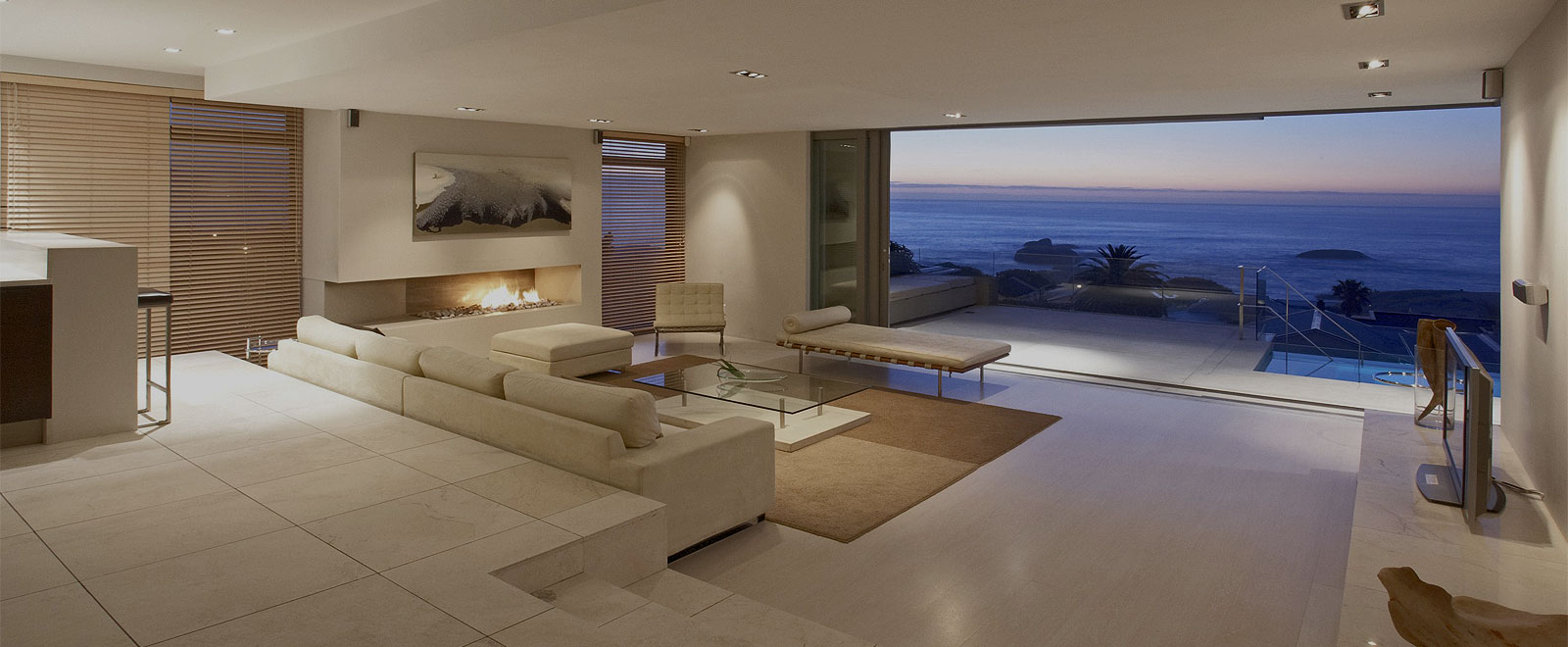Recently, I came across a reference to Martin Heidegger’s article “Building Dwelling Thinking”, and I decided, or rather dared :), to read it. I’ll be honest, it was very difficult…
I am publishing these notes only for those who are interested in a brief summary of Heidegger’s article (for gourmets, I recommend reading the article itself).
Heidegger begins his work by demonstrating the differences between building and dwelling. He says that bridges, hangars, and stadiums are buildings, but not dwellings. At the same time, he draws a line between a home and a place to live, believing that a truck driver can feel at home on the highway, and a spinner – in a spinning mill, but for neither of them these places are places to dwell. Despite the fact that people spend time there, they do not dwell there, because to dwell means to have shelter.
The goal of building is dwelling.
Then, after analyzing German (and not only) words related to building and dwelling, Heidegger concludes that to dwell is to be at peace within the free, the preserve, the free sphere that safeguards each thing in its nature, and that the main characteristics of housing are – sparing and preserving. At the same time, he notes that dwelling is always a process of coexistence with things.
It is worth mentioning separately the concept of the fourfold, which Heidegger especially highlights and uses to reason about housing. People live on earth, therefore under the sky, before the divinities and together with other mortals.
Housing preserves this fourfold, as the fourfold is mediated in housing through things. At the same time, mortals take care of what grows, and specially create what does not grow. Both can be considered as building.
At the same time, each thing gathers the fourfold in itself. The location of a thing makes a place special – it highlights it, and creates a fourfold there.
Space is something contained, admitted within boundaries, connected by a specific place (a thing like a bridge), so spaces get their essence from places, not from space.
Also, Heidegger notes that a person thinking about a specific place is in his thinking much closer to this place than a person who is in this place but does not think about it.
Building creates spaces that serve as a place for the fourfold. Buildings protect the fourfold, they preserve them. “To preserve the fourfold, to save the earth, to receive the sky, to await the divinities, to escort mortals—this fourfold preserving is the simple nature, the presenting, of dwelling. In this way, then, do genuine buildings give form to dwelling in its presence and house this presence.” A building described in this way is ideally suited for dwelling. If so, then the building was carried out in accordance with the requirements of the fourfold. “All planning remains grounded on this responding, and planning in turn opens up to the designer the precincts suitable for his designs.” “For building brings the fourfold hither into a thing, the bridge, and brings forth the thing as a location, out into what is already there, room for which is only now made by this location.”
Heidegger cites as an example of such an authentic building a farmhouse in the Black Forest. It is located on a protected slope of a hill (earth), it has a roof that withstands snow (sky), there was an altar in the house (divinities), and people lived in the house (mortals). “A craft which, itself sprung from dwelling, still uses its tools and frames as things, built the farmhouse”.
At the end of his article, Heidegger says that it is important for us both to learn to dwell and to try to understand what dwelling is.

